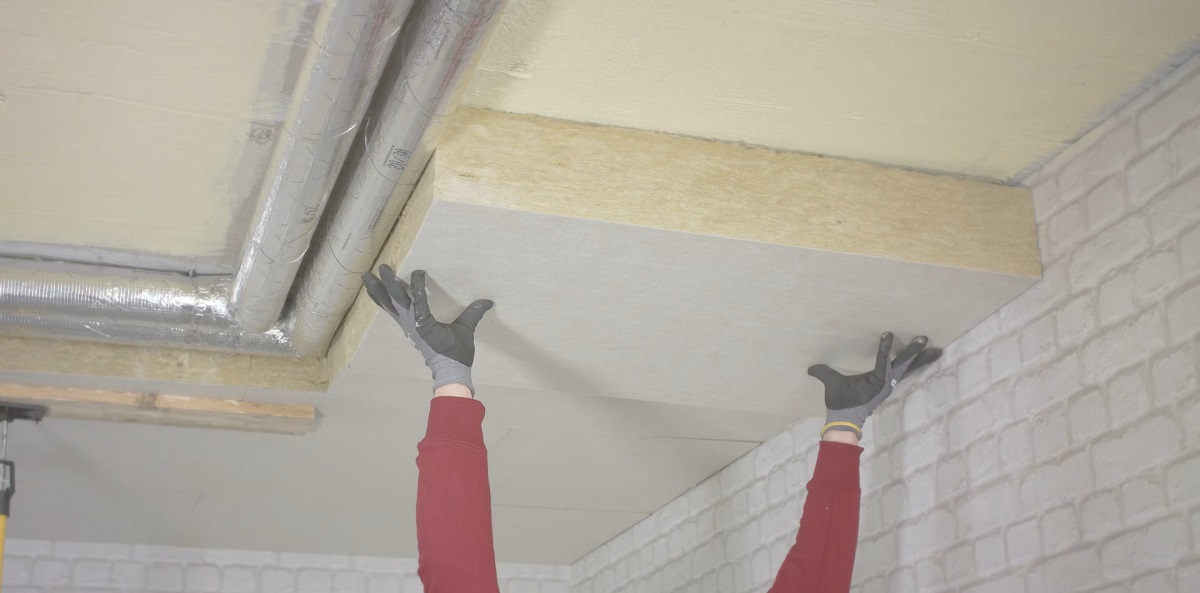

Articles
How To Cover Insulation In Basement Ceiling
Modified: February 23, 2024
Learn how to cover insulation in your basement ceiling with these helpful articles. Find expert tips and advice for a successful installation.
(Many of the links in this article redirect to a specific reviewed product. Your purchase of these products through affiliate links helps to generate commission for Storables.com, at no extra cost. Learn more)
Introduction
When it comes to insulating your basement, it’s important to pay attention to every detail. While insulating the walls and floors is crucial, many homeowners overlook an important area – the basement ceiling. The basement ceiling is often left exposed, with the insulation visible. Not only does this detract from the overall appearance of the space, but it also reduces the effectiveness of the insulation. To address these concerns, it’s essential to cover the insulation in the basement ceiling.
By covering the insulation in your basement ceiling, you can improve the aesthetics of the space and enhance the insulation’s performance. Not only will this make your basement more visually appealing, but it will also help maintain a comfortable temperature throughout the year, reduce energy costs, and prevent moisture and mold buildup.
Whether you’re converting your basement into a living space, a home office, or a recreational area, covering the insulation in the basement ceiling is a key step in creating a cozy and functional environment. In this article, we will discuss the importance of covering insulation in the basement ceiling, the materials needed, the steps to follow, and some tips for proper insulation covering.
Key Takeaways:
- Properly covering insulation in the basement ceiling enhances aesthetics, energy efficiency, and safety. It creates a cozy and visually appealing space while reducing energy costs and preventing moisture and mold buildup.
- Gathering the right materials and following proper installation steps is crucial for effective insulation covering. Consider factors such as insulation thickness, air sealing, and fire resistance to create a comfortable and durable basement environment.
Importance of Covering Insulation in Basement Ceiling
Covering insulation in the basement ceiling is not just about improving the appearance of the space; it serves several important purposes. Let’s take a closer look at why it’s crucial to cover insulation in the basement ceiling.
1. Enhanced Aesthetics: Exposed insulation in the basement ceiling can make the space look unfinished and unappealing. By covering it, you can create a neater and more aesthetically pleasing environment. This is especially important if you plan to use the basement as a living area or an extension of your home.
2. Improved Energy Efficiency: Insulation plays a significant role in regulating the temperature in your basement. When the insulation is exposed, it is less effective in containing heat or cool air, resulting in energy loss. By covering the insulation, you create a more efficient barrier, reducing heat transfer and lowering energy consumption.
3. Moisture and Mold Prevention: Exposed insulation can be vulnerable to moisture buildup, especially in a basement environment where humidity levels can be high. Moisture can lead to mold growth, which can compromise indoor air quality and pose health risks. By covering the insulation, you can protect it from moisture and minimize the chances of mold growth.
4. Soundproofing: If you plan to use your basement as a recreational area, a home office, or a media room, covering the insulation can help with soundproofing. The additional layer of covering material will absorb and dampen sound vibrations, reducing noise transmission from the basement to the upper levels of the house.
5. Fire Protection: In the unfortunate event of a fire, exposed insulation in the basement ceiling can quickly ignite and contribute to the spread of flames. However, by covering the insulation with fire-resistant materials, you can delay the spread of fire and gain valuable time to escape or extinguish the fire.
By covering the insulation in the basement ceiling, you not only address practical concerns but also create a more comfortable and visually pleasing space. It’s a worthwhile investment that enhances the functionality, energy efficiency, and overall value of your home.
Materials Needed for Covering Insulation
Now that you understand the importance of covering insulation in the basement ceiling, let’s discuss the materials you will need to complete this project. Gathering all the necessary materials beforehand will make the process smoother and more efficient. Here are the materials you will need:
- Covering Material: Choose a suitable covering material that aligns with your preference, budget, and the overall design of your basement. Some common options include drywall, plywood, paneling, or drop ceiling tiles. Consider factors such as durability, ease of installation, and fire resistance when selecting the covering material.
- Insulation Material: Ensure you have the appropriate type and amount of insulation material for your basement ceiling. The insulation material can be fiberglass batts, spray foam insulation, or rigid foam insulation. Check the R-value guidelines for your climate to determine the insulation thickness and material that will provide optimal energy efficiency.
- Utility Knife: A sharp utility knife will come in handy for cutting insulation and covering materials to size.
- Measuring Tape: Accurately measure the dimensions of your basement ceiling to ensure the covering and insulation materials fit properly.
- Screwdriver or Power Drill: Depending on the covering material you choose, you may need a screwdriver or power drill to secure it to the ceiling joists.
- Screws or Nails: Use appropriate screws or nails to attach the covering material to the ceiling joists securely. Ensure they are long enough to penetrate through the covering material and into the joists.
- Caulk and Caulk Gun: Caulk can be used to seal any gaps or seams between the covering material and the basement walls or other surfaces. This helps enhance insulation performance and prevent drafts.
- Safety Equipment: It’s essential to prioritize safety when working with insulation and construction materials. Use safety goggles, gloves, and a dust mask to protect yourself from any potential hazards.
- Ladder or Scaffolding: Depending on the height of your basement ceiling, you may need a ladder or scaffolding to reach and work safely at elevated positions.
- Paint or Wallpaper (Optional): If you choose a covering material that allows for it, you can further enhance the appearance of your basement by painting the covering material or applying wallpaper.
These are the basic materials you will need to cover insulation in your basement ceiling. Always check the manufacturer’s instructions and local building codes to ensure compliance and safety during the installation process.
Consider using a drop ceiling or drywall to cover insulation in the basement ceiling. This will improve the appearance of the space and help to regulate temperature and sound.
Steps to Cover Insulation in Basement Ceiling
Now that you have gathered all the necessary materials, let’s dive into the step-by-step process of covering insulation in the basement ceiling. Following these steps will help you achieve a professional-looking and well-insulated basement.
- Prepare the Space: Clear the area around the basement ceiling and ensure there is adequate lighting. Remove any obstructions, such as furniture or stored items, to create a clear workspace.
- Measure and Cut Insulation: Measure the dimensions of the space between the ceiling joists and cut the insulation material to fit using a utility knife. Make sure to leave a small gap around the edges to allow for expansion and thermal movement.
- Install Insulation: Place the cut insulation between the ceiling joists, ensuring it fits snugly. Use staple guns or insulation hangers to secure the insulation to the joists, preventing it from sagging or shifting.
- Measure and Cut Covering Material: Measure the dimensions of the basement ceiling and cut the covering material to fit using a circular saw or a utility knife. Take into account any openings for lighting fixtures, HVAC vents, or electrical outlets.
- Attach Covering Material: Depending on the type of covering material chosen, mount it to the ceiling joists. Use screws or nails to secure the covering material at regular intervals, ensuring a secure and even installation.
- Seal Gaps and Seams: Inspect the edges and corners where the covering material meets the walls or other surfaces. Use caulk to seal any gaps or seams to prevent air leakage and enhance insulation performance.
- Add Finishing Touches: If desired, you can paint the covering material or apply wallpaper to enhance the appearance of the basement ceiling. Ensure the materials you choose are compatible with the covering material and allow proper ventilation.
- Clean Up: Once the covering is installed and any finishing touches are complete, clean up the workspace by removing any debris and tools. Dispose of any waste materials responsibly.
Following these steps will help you effectively cover the insulation in your basement ceiling, creating a visually appealing and well-insulated space. Remember to work safely, use appropriate safety equipment, and consult professional help if needed.
Tips for Proper Insulation Covering
While covering insulation in the basement ceiling may seem like a straightforward task, there are some tips and best practices that can help you achieve optimal results. Consider the following tips to ensure proper insulation covering:
- Ensure Proper Insulation Thickness: Check the recommended R-value for your climate zone to determine the appropriate thickness of insulation. Proper insulation thickness is crucial for maximizing energy efficiency and maintaining a comfortable temperature in your basement.
- Seal Air Leaks: Before covering the insulation, inspect the basement for any air leaks or gaps. Use caulk or weatherstripping to seal these gaps, ensuring that your insulation functions optimally and prevents air infiltration.
- Consider Vapor Barrier: In areas with high humidity or moisture problems, consider installing a vapor barrier between the insulation and covering material. This barrier helps prevent moisture from seeping into the insulation, reducing the risk of mold and mildew growth.
- Choose Fire-Resistant Materials: Ensure that the covering material you select has appropriate fire resistance properties. This can help protect your basement and increase safety in case of fire.
- Allow for Proper Ventilation: If your basement has existing HVAC vents, ensure that the covering material does not obstruct the airflow. Proper ventilation is essential for maintaining air quality and preventing moisture buildup.
- Consider Acoustic Insulation: If noise reduction is a priority, consider adding an additional layer of acoustic insulation between the ceiling joists before installing the covering material. This can help reduce sound transmission from the basement to the upper floors.
- Consult Building Codes: Familiarize yourself with local building codes and regulations regarding insulation and covering materials. Ensure that your project complies with safety and fire protection requirements.
- Consider Professional Assistance: While covering insulation in the basement ceiling is a DIY-friendly project, it may be wise to seek professional help if you are unsure about any aspect. Professionals can ensure proper insulation installation and provide expert advice for your specific situation.
- Maintain Access to Utilities: If you have basement utilities like electrical panels or plumbing, ensure that the covering material allows for easy access. Use removable panels or access hatches to maintain accessibility for future maintenance or repairs.
- Regularly Inspect and Maintain: Once the insulation is covered, periodically inspect the basement ceiling for any signs of damage, mold, or moisture buildup. Address any issues promptly to maintain the performance and longevity of your insulation system.
By following these tips, you can ensure that your insulation covering is effective, safe, and durable. It’s important to prioritize insulation quality and consider the unique requirements of your basement to maximize energy efficiency and create a comfortable living environment.
Read more: How To Cover A Basement Ceiling
Conclusion
Properly covering insulation in the basement ceiling is a crucial step in creating a comfortable, energy-efficient, and visually appealing space. By taking the time to cover the insulation, you can enhance the overall aesthetics of your basement while improving its insulation performance.
Not only does covering insulation in the basement ceiling improve the appearance of the space, but it also contributes to energy efficiency by reducing heat transfer and preventing air leaks. This can lead to lower energy costs and a more consistent temperature throughout the year.
Furthermore, covering insulation helps protect it from moisture and mold, ensuring a healthy and safe environment. It also aids in soundproofing, making your basement a more peaceful and enjoyable space to work or relax in.
Remember to gather all the necessary materials, measure and cut the insulation and covering materials accurately, and securely attach the covering material to the ceiling joists. Seal any gaps or seams to prevent air leakage, and consider the use of fire-resistant materials for added safety.
Following these steps and considering the tips provided will help you achieve optimal results in covering insulation in the basement ceiling. However, if you are uncertain or lack experience, it is advisable to consult with professionals who can guide you through the process.
By properly covering insulation in the basement ceiling, you can create a more comfortable, energy-efficient, and visually appealing space in your home. Whether you plan to use your basement for living, working, or recreation, a well-insulated and aesthetically pleasing environment will enhance your enjoyment and add value to your property.
Investing time and effort into covering insulation in the basement ceiling is a worthwhile endeavor that yields long-term benefits. Start your project today and transform your basement into a cozy and functional part of your home.
Frequently Asked Questions about How To Cover Insulation In Basement Ceiling
Was this page helpful?
At Storables.com, we guarantee accurate and reliable information. Our content, validated by Expert Board Contributors, is crafted following stringent Editorial Policies. We're committed to providing you with well-researched, expert-backed insights for all your informational needs.
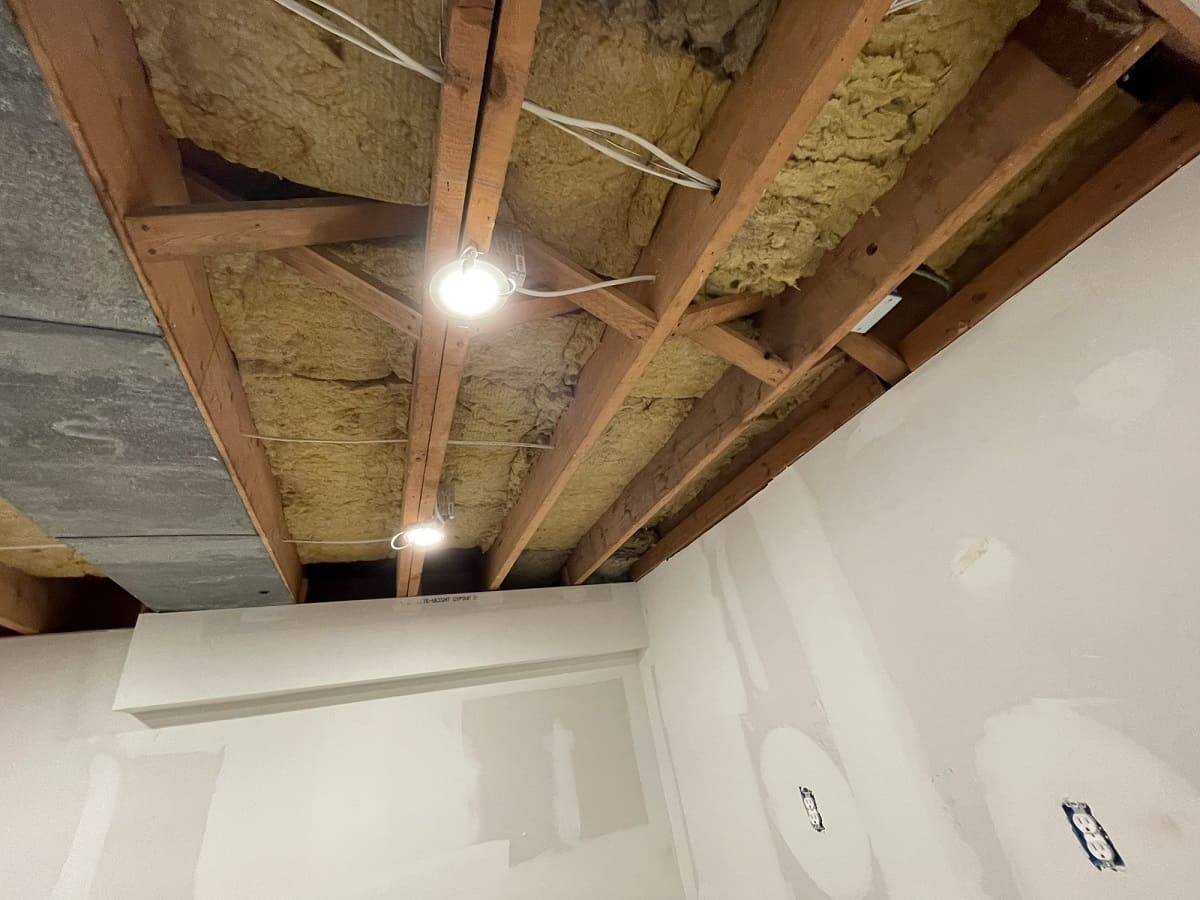
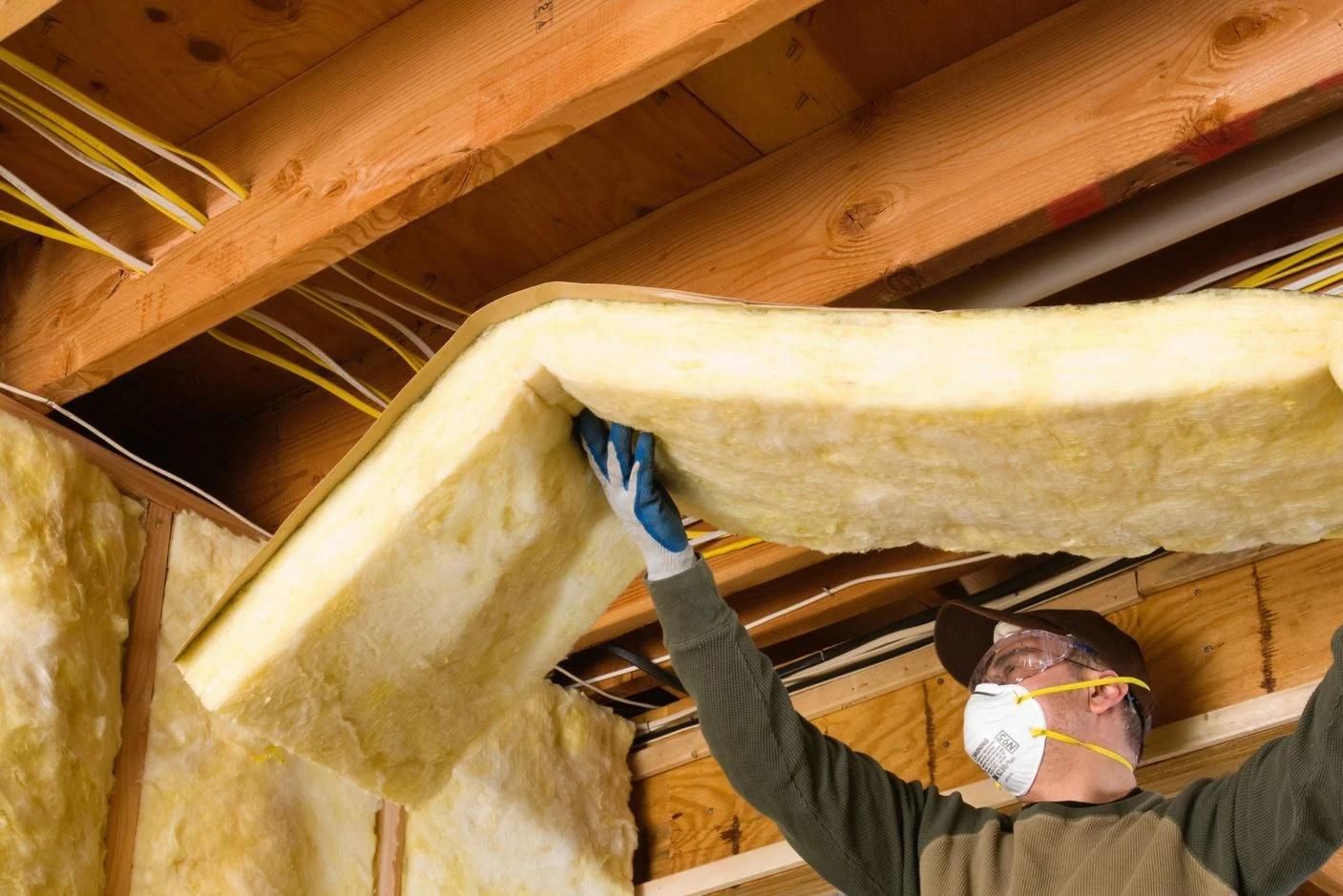
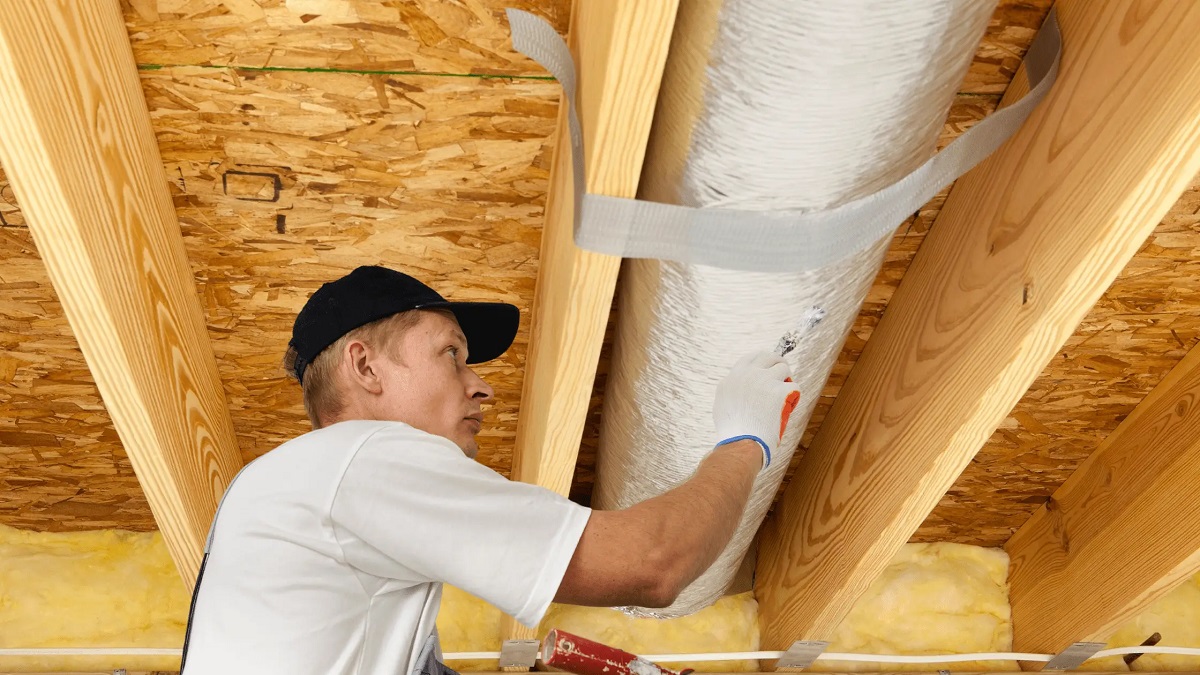
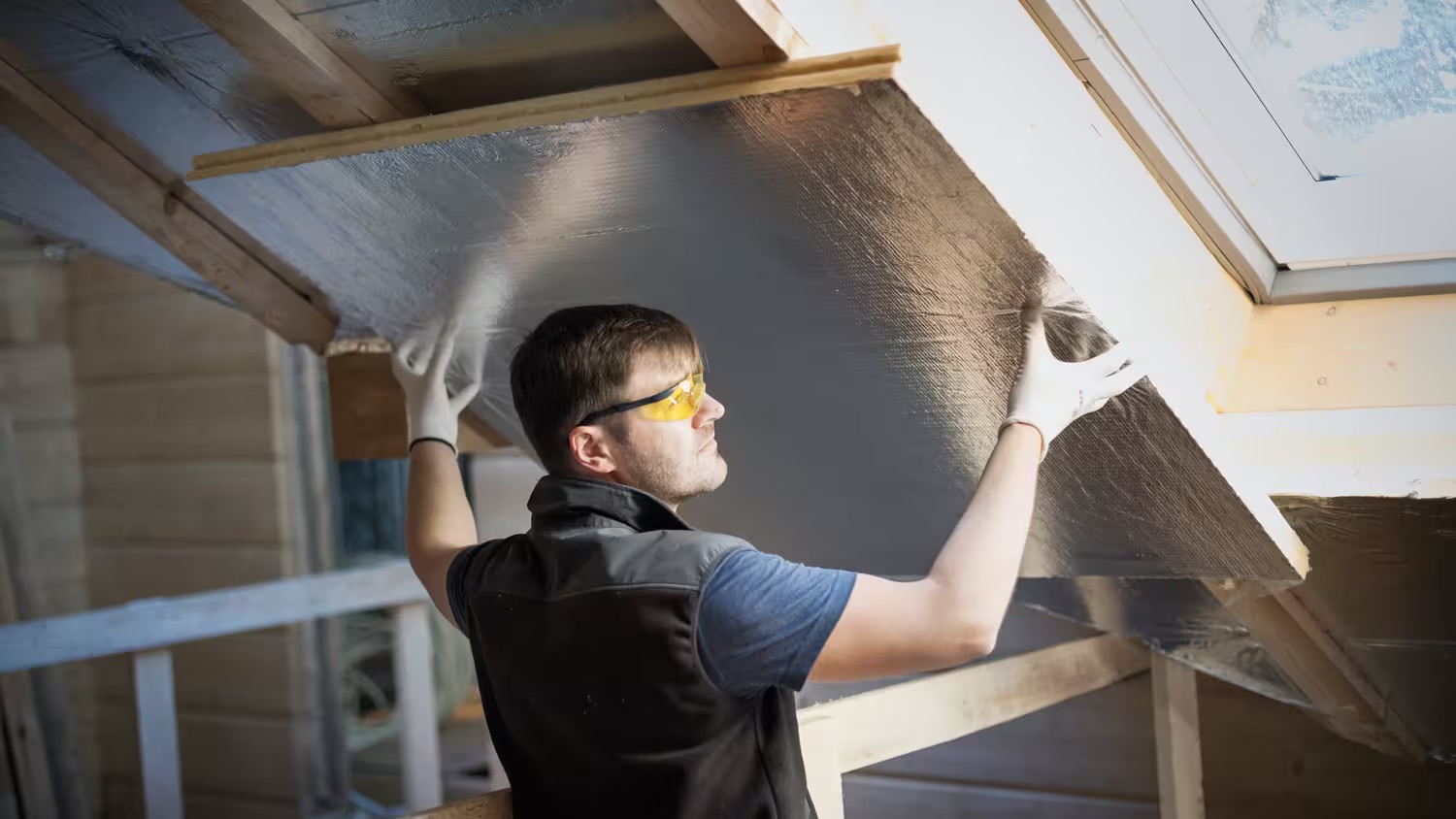
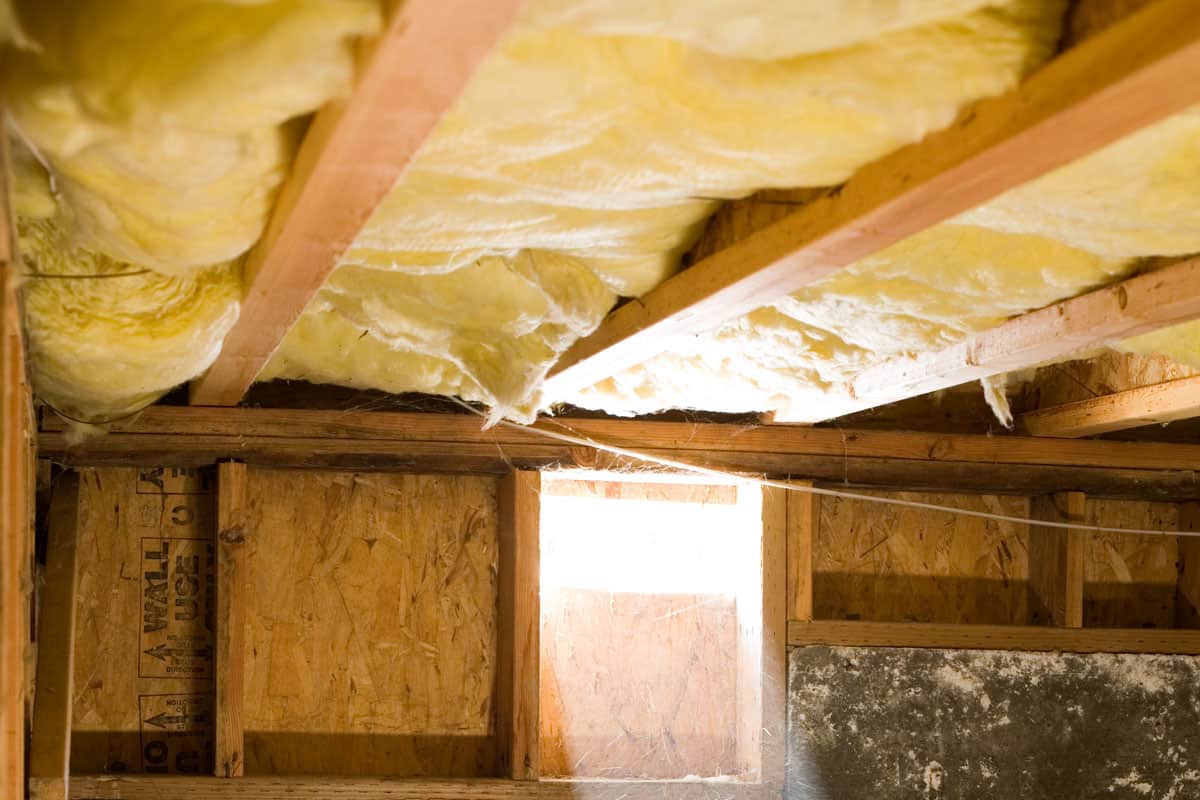
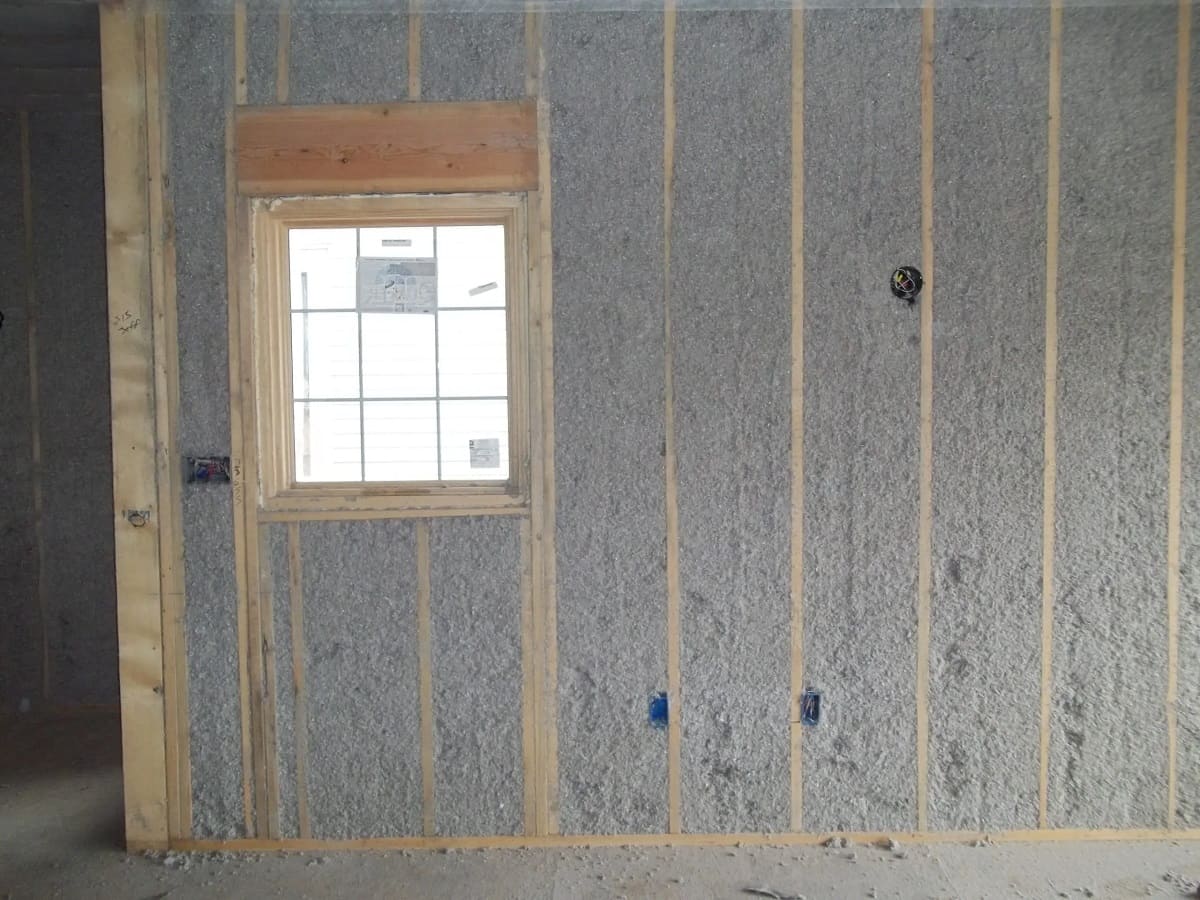
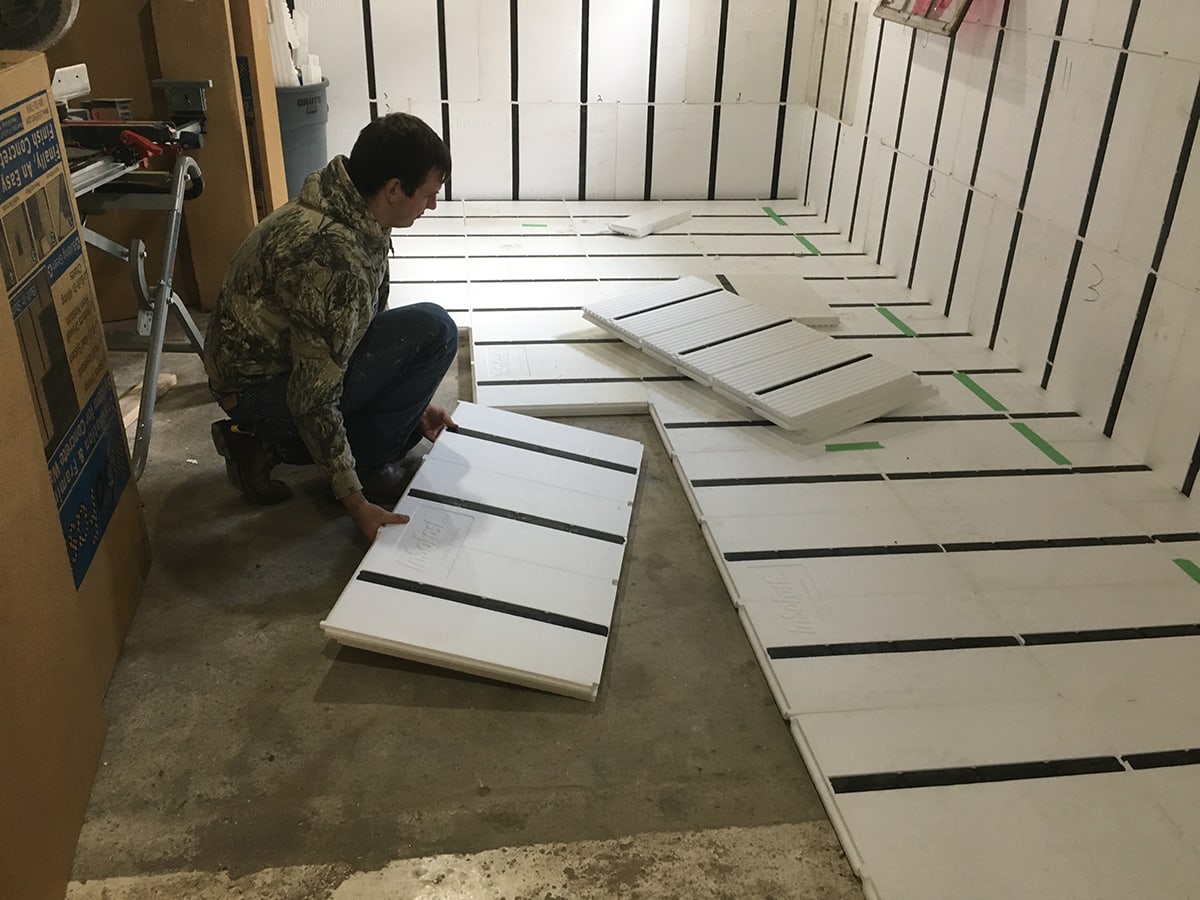
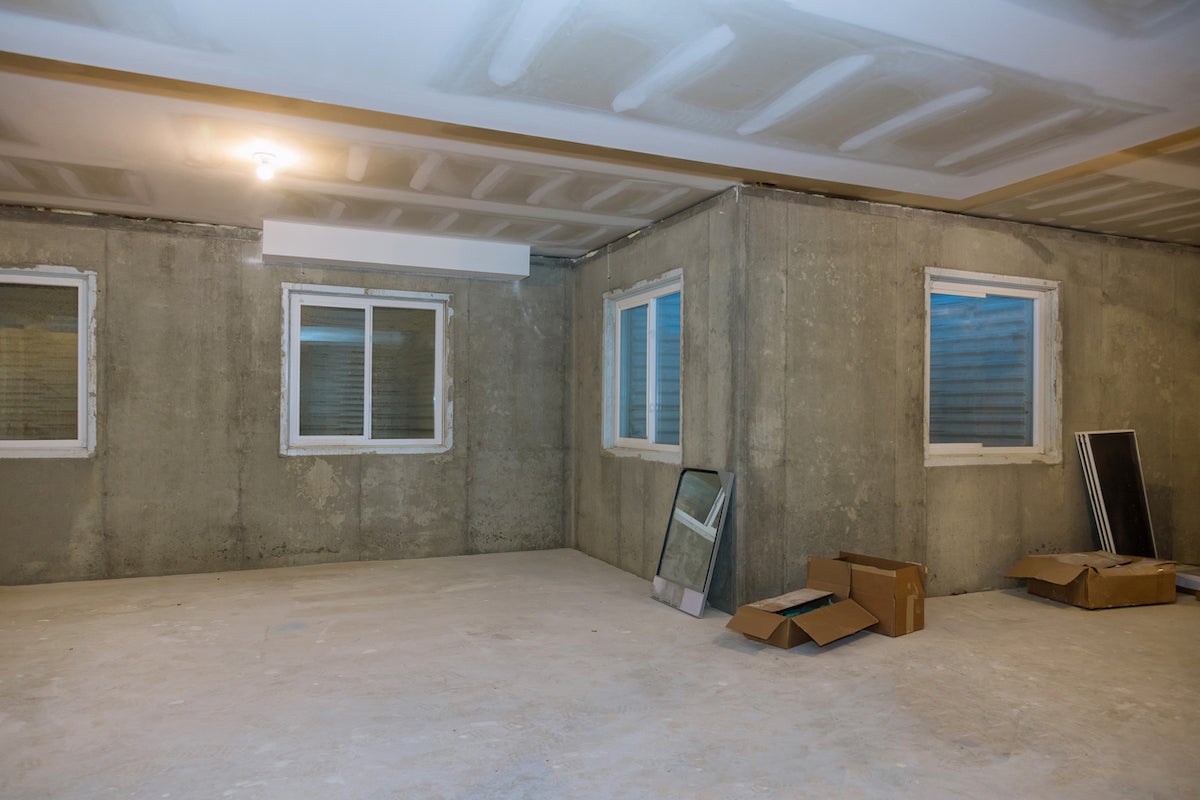
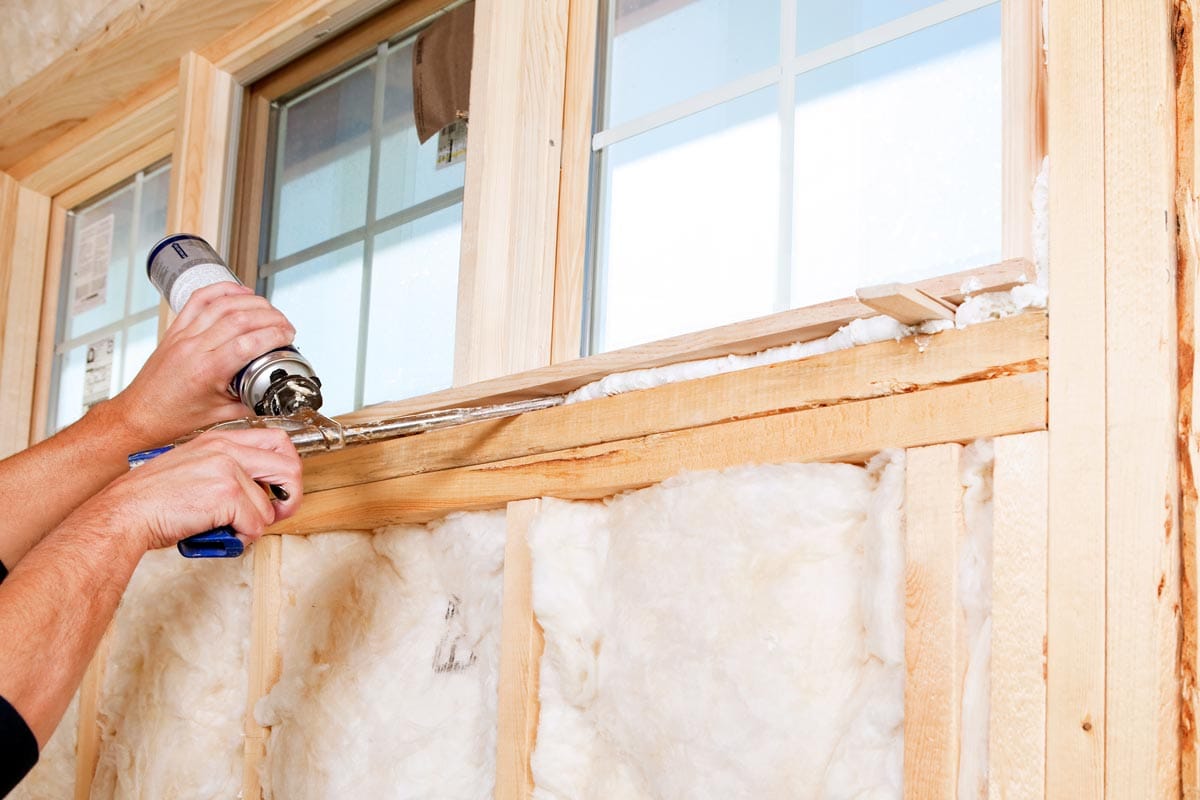
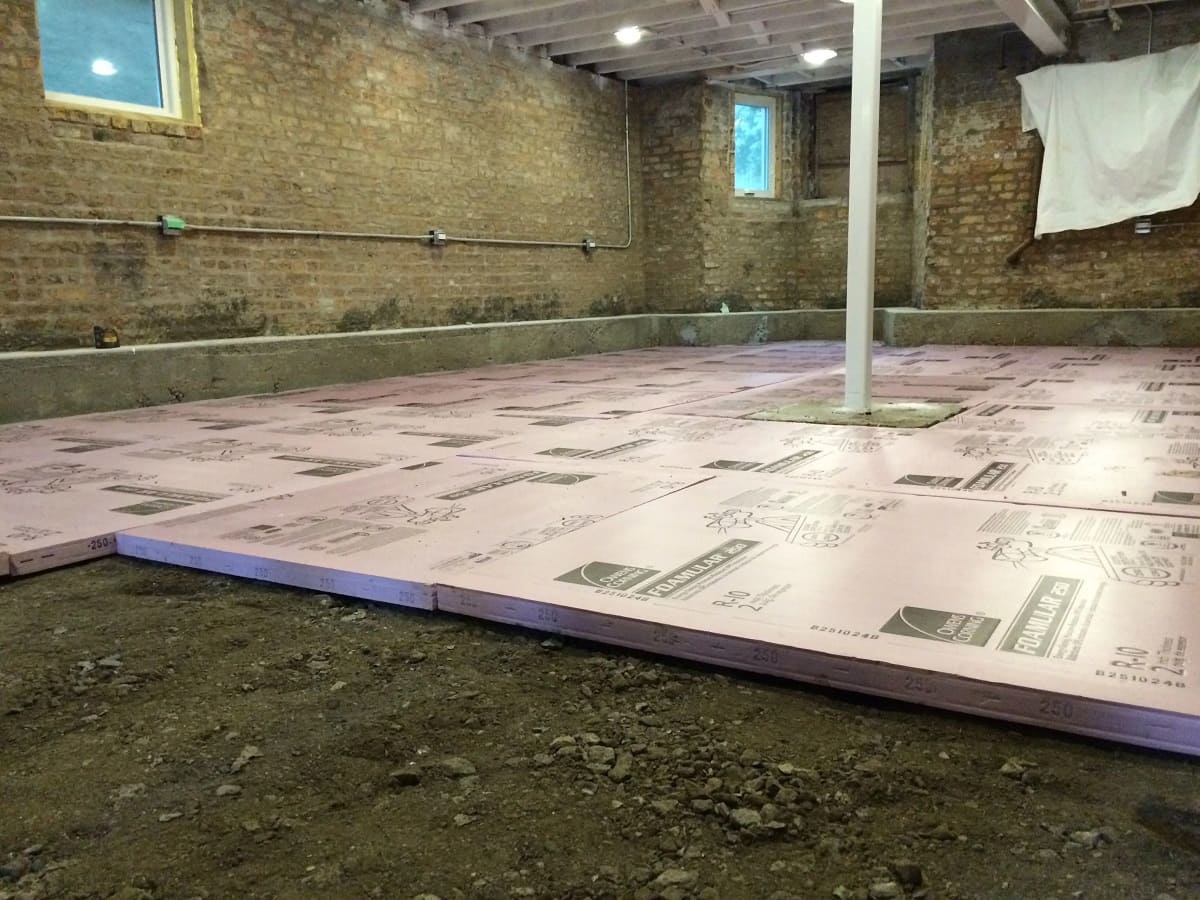
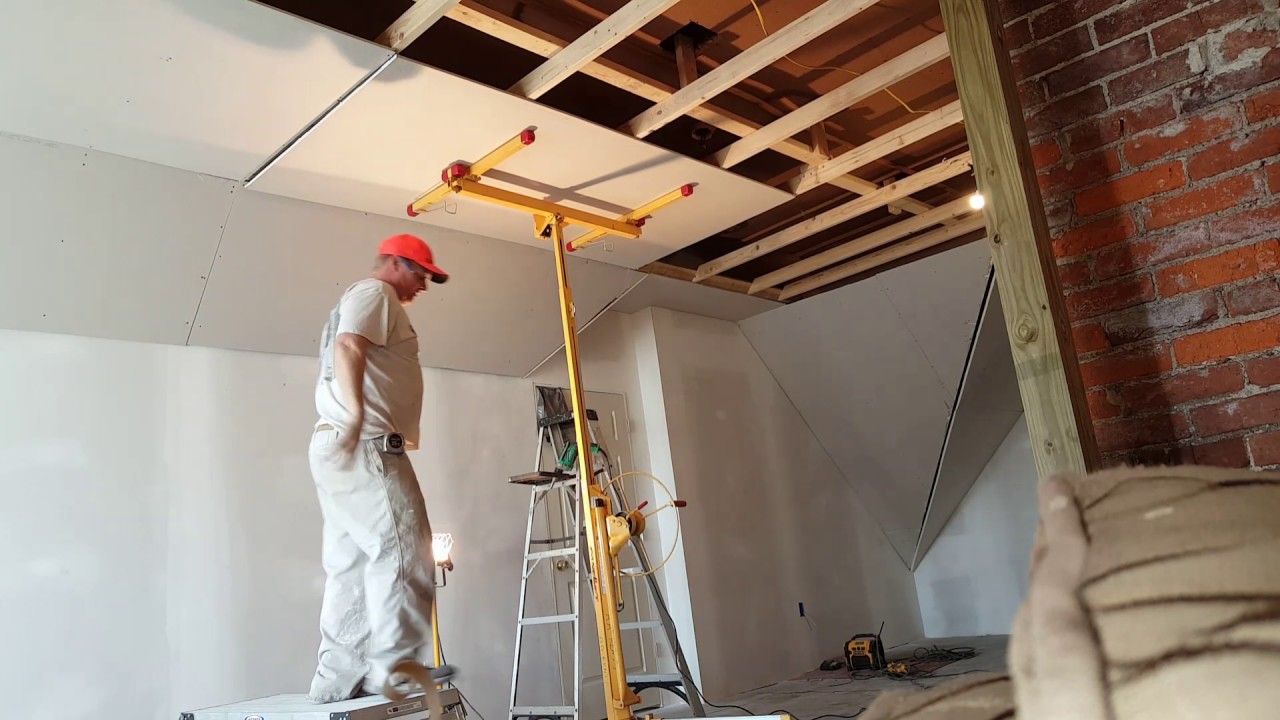
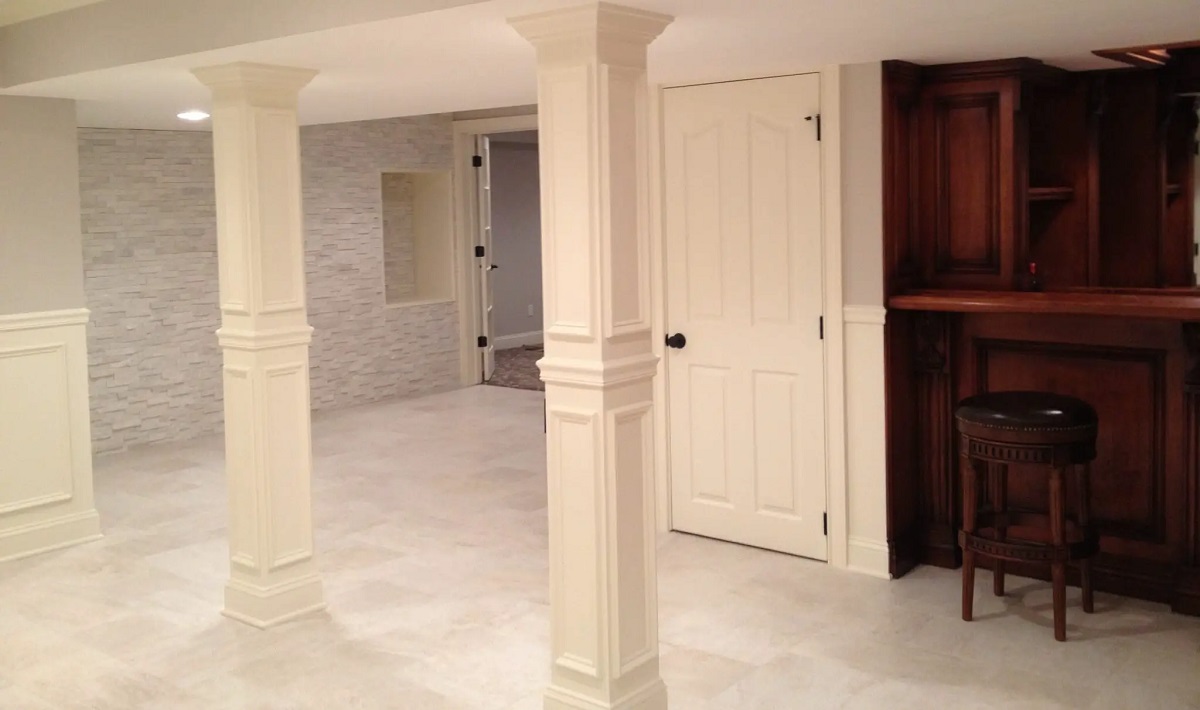
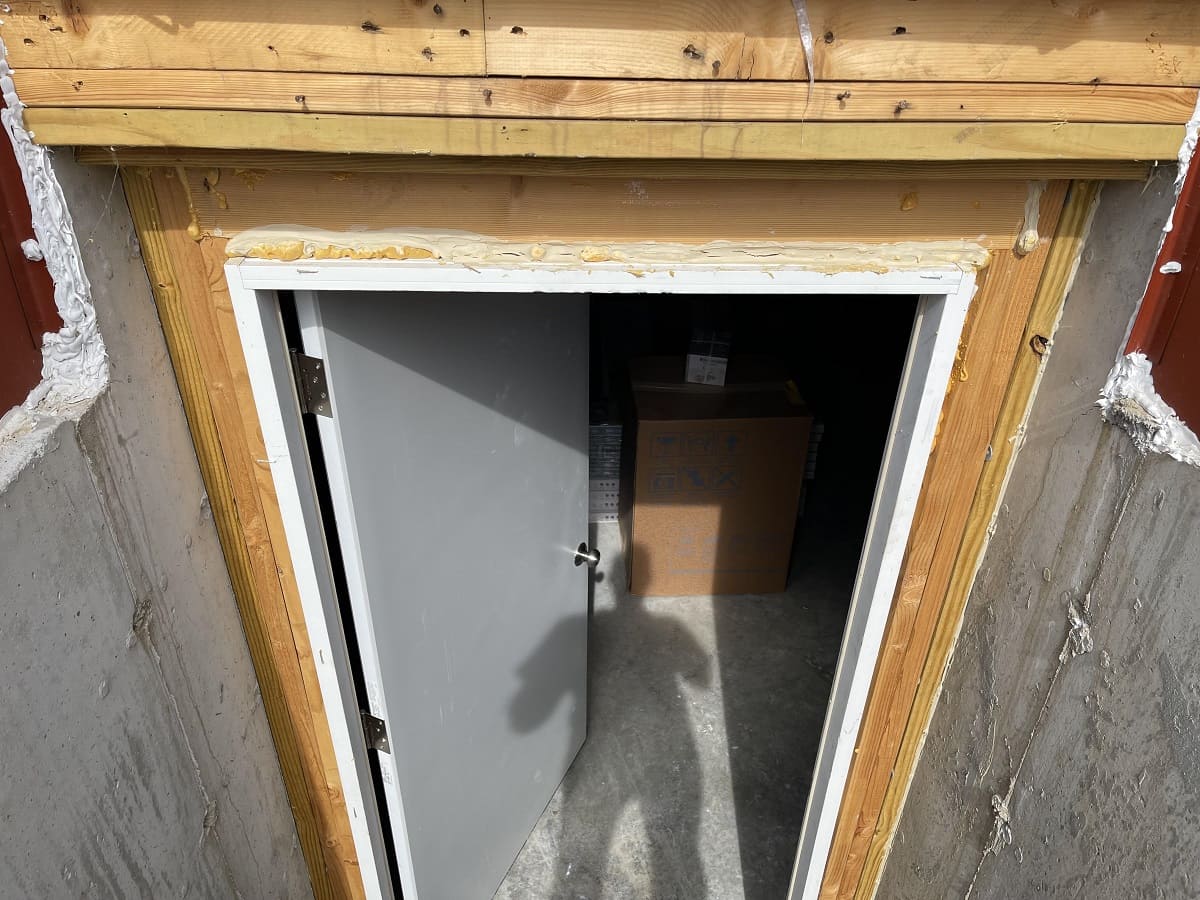
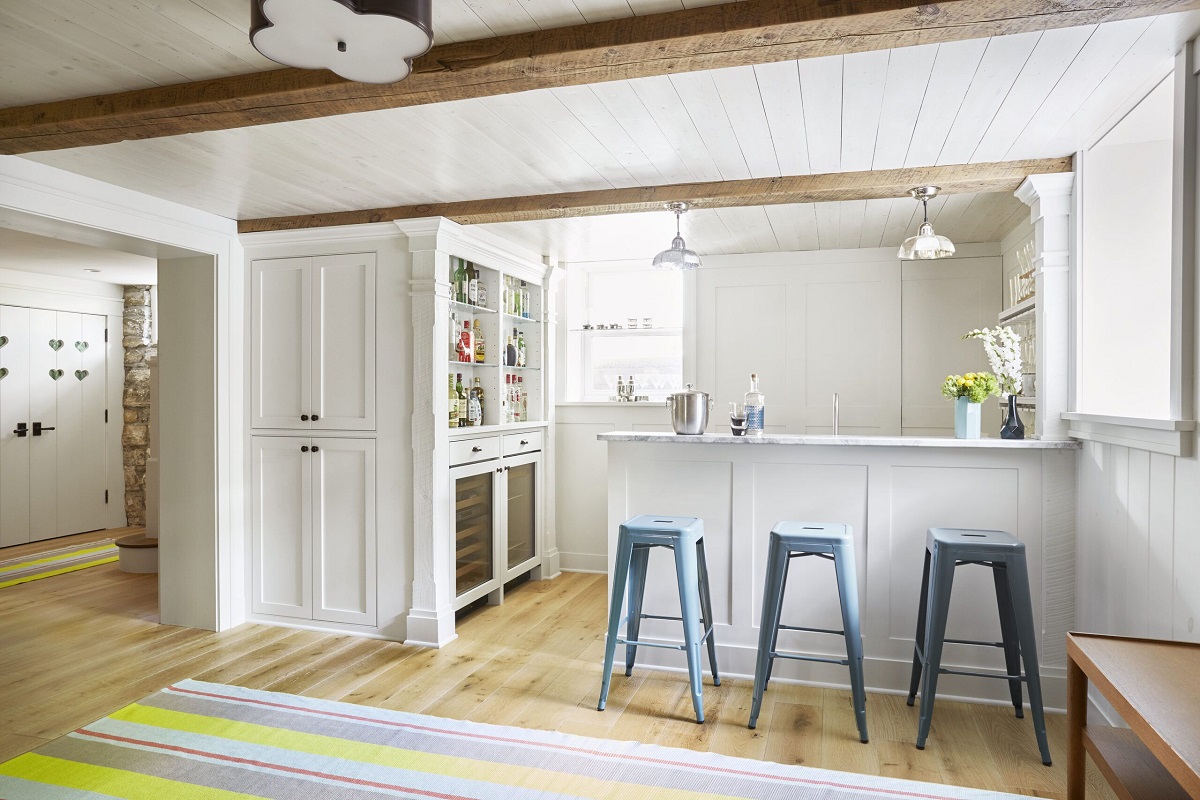

0 thoughts on “How To Cover Insulation In Basement Ceiling”